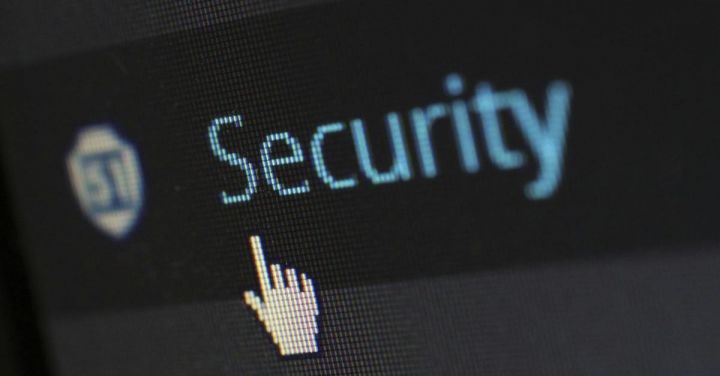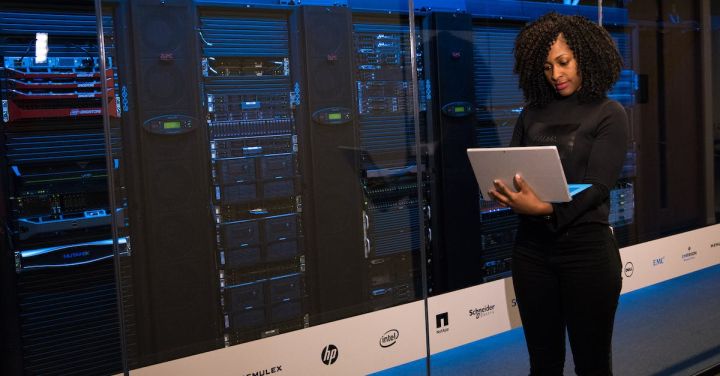How to Secure Your Virtual Machines Against Cyber Attacks?
Virtual machines have become an essential part of many businesses’ IT infrastructure. They offer flexibility, scalability, and cost savings. However, virtual machines are not immune to cyber attacks. In fact, they can be particularly vulnerable because they are connected to the internet and often contain sensitive data. In this article, we will explore several strategies to help you secure your virtual machines against cyber attacks.
1. Keep Your Virtualization Software Up to Date
Virtualization software, such as VMware or Hyper-V, is regularly updated to address security vulnerabilities. It is crucial to keep your virtualization software up to date to ensure you have the latest security patches. Set up automatic updates or regularly check for updates manually to stay protected.
2. Implement Strong Authentication
Virtual machines should only be accessible to authorized users. Implementing strong authentication measures, such as two-factor authentication, can significantly enhance security. Require users to provide multiple forms of identification, such as a password and a fingerprint, to access virtual machines.
3. Use Encrypted Connections
When connecting to your virtual machines remotely, always use encrypted connections, such as Secure Shell (SSH) or a virtual private network (VPN). Encrypted connections ensure that any data transmitted between your computer and the virtual machine is secure and cannot be intercepted by hackers.
4. Segment Your Network
Segmenting your network is an effective way to reduce the impact of a potential cyber attack. Create separate network segments for different types of virtual machines, such as web servers, database servers, and application servers. This way, if one segment is compromised, the attacker will have limited access to the rest of your network.
5. Regularly Backup Your Virtual Machines
Regularly backing up your virtual machines is essential for both disaster recovery and security purposes. In the event of a cyber attack, having up-to-date backups can help you quickly restore your virtual machines to a secure state. Make sure to store backups in a secure location and test them periodically to ensure they are working correctly.
6. Monitor and Analyze Network Traffic
Monitoring and analyzing network traffic can help you identify any suspicious activity or potential cyber attacks. Implement a network monitoring tool that provides real-time visibility into your virtual machines’ network traffic. Look for any unusual patterns or unauthorized access attempts and take immediate action.
7. Harden Your Virtual Machines
Harden your virtual machines by following security best practices. Disable unnecessary services, remove default accounts, and regularly update and patch the operating system and applications running on your virtual machines. By reducing the attack surface, you can significantly improve the security of your virtual machines.
8. Educate Your Users
One of the most critical aspects of securing your virtual machines is educating your users about best practices and potential threats. Train your employees on how to recognize and report suspicious emails, avoid clicking on unknown links, and use strong passwords. Regularly remind them of the importance of following security protocols to protect your virtual machines from cyber attacks.
In conclusion, securing your virtual machines against cyber attacks is crucial for protecting your business’s sensitive data and maintaining your operations. By following the strategies outlined in this article, such as keeping your virtualization software up to date, implementing strong authentication, using encrypted connections, segmenting your network, regularly backing up your virtual machines, monitoring network traffic, hardening your virtual machines, and educating your users, you can significantly enhance the security of your virtual machines and minimize the risk of cyber attacks. Stay vigilant and proactive in implementing these measures to stay one step ahead of potential threats.






